Description
Foam pigs are devices used in pipeline maintenance and cleaning. They are designed to be inserted into pipelines and pushed along by the flow of a fluid, typically gas or liquid. Foam pigs are made of foam material, usually polyurethane, and come in various types depending on their specific features and applications.
Different Types of Foam Pigs
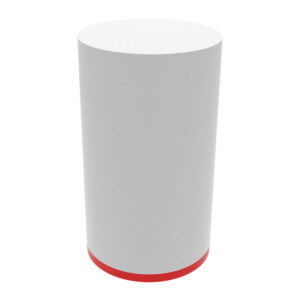
1. Hygroscopic Bi-Di Foam Pig (Model: LCQZ-RTH):
– This foam pig is made from polyurethane material, formed through one-time foaming.
– It has a soft texture and good elasticity.
– The Hygroscopic Bi-Di Foam Pig exhibits strong water absorption, allowing it to deform up to 70% of its original shape.
– It is particularly effective for dewatering, degreasing, and drying pipelines.
– Technical parameters include a starting pressure of 0.2-0.3 MPa, density ranging from 35kg/m³ to 150kg/m³, withstanding the pressure of 7MPa, stretch rate of 320%, a compression ratio of 60, flex life of 50,000 times, the attrition rate of 4mm/100km, the operating distance of 50km-150km, and operating temperature range of -30 to 100℃.
2. Bare Foam Pig (Model: LCQZ-RTN):
– The Bare Foam Pig also has a soft texture and good elasticity.
– It possesses strong water absorption, allowing for a deformation amount of up to 60%.
– This type of foam pig is commonly used for dewatering, degreasing, and drying pipelines.
– Technical parameters include a starting pressure of 0.2 MPa, density ranging from 35kg/m³ to 220kg/m³, withstanding the pressure of 7MPa, stretch rate of 320%, a compression ratio of 60, flex life of 50,000 times, an attrition rate of 4mm/100km, the operating distance of 50km-150km, and operating temperature range of -30 to 100℃.
3. Polly Foam Pig (Model: LCQZ-RTR):
– The Polly Foam Pig is made with polyurethane material on the interior and a polyurethane elastomer coating on the surface.
– It offers good flexibility and wear resistance.
– The deformation amount of this foam pig can reach 50%, making it widely used.
– Its main applications include scrubbing, descaling, and fluid isolation in pipes.
– Technical parameters include a starting pressure of 0.02 MPa, density ranging from 35kg/m³ to 220kg/m³, withstanding the pressure of 7MPa, stretch rate of 320%, a compression ratio of 50, flex life of 50,000 times, an attrition rate of 2mm/100km, the operating distance of 100km-300km, and operating temperature range of -30 to 100℃.
4. Criss Cross Foam Pig with Brush Table (Model: LCQZ-RTCB):
– This foam pig is made of polyurethane material on the interior and coated with an elastomer coating on the surface.
– It features a spiral wire brush attached to it.
– With a deformation amount of up to 40%, it is elastic and does not fall off easily.
– The Criss Cross Foam Pig with Brush Table is primarily used for removing hard scales from pipelines, providing better rust removal and decontamination effects.
– Technical parameters include a starting pressure of 0.2-0.3 MPa, density ranging from 35kg/m³ to 220kg/m
- The Criss Cross Foam Pig with Brush Table (Model: LCQZ-RTCB) has a density ranging from 35kg/m³ to 220kg/m³, withstands a pressure of 7MPa, a stretch rate of 320%, a compression ratio of 50, a flex life of 50,000 times, an attrition rate of 2mm/100km, the operating distance of 100km-300km, and an operating temperature range of -30 to 100℃.
5. Criss Cross Foam Pig (Model: LCQZ-RTCC):
– The Criss Cross Foam Pig is made of polyurethane material on the interior and coated with a prismatic block polyurethane elastomer on the surface.
– It exhibits high surface hardness and a large friction coefficient.
– This foam pig is characterized by high elasticity and toughness.
– It is commonly used for pipeline cleaning, removing impurities, and carrying out cleaning procedures.
– Technical parameters for this foam pig include a starting pressure of 0.2-0.3 MPa, density ranging from 35kg/m³ to 220kg/m³, withstanding a pressure of 7MPa, stretch rate of 320%, a compression ratio of 50, flex life of 50,000 times, the attrition rate of 2mm/100km, the operating distance of 100km-300km, and an operating temperature range of -30 to 100℃.
These are the expanded descriptions of the different types of foam pigs you mentioned, including their models, performances, and technical parameters. Foam pigs are versatile tools used in various pipeline maintenance tasks, offering different features to cater to specific cleaning, dewatering, degreasing, and drying needs.
Key Contents of Pigging Technology Applied in Long-distance Natural Gas Transmission Pipelines
(1) Procedure for Arranging Pigging Operations in Long-Distance Natural Gas Transmission Pipelines:
When implementing pigging technology in long-distance natural gas pipelines, it is crucial to follow proper procedures to mitigate risks. Carelessness during pigging operations can result in pig blockages, requiring pipeline cutting and potentially causing gas leakage. Drawing lessons from previous experiences, a systematic approach should be adopted.
The initial step involves utilizing a straight plate pig for exploration and detection purposes. This allows the staff to gain insights into the pipeline’s internal conditions. Based on the specific circumstances, a well-considered method is selected to conduct the pigging operation. It is important to emphasize a step-by-step process rather than focusing solely on speed.
(2) Development of Specific Pigging Standards for Long-Distance Natural Gas Transmission Pipelines:
Due to the complexities and risks associated with pigging work in long-distance natural gas pipelines, thorough planning is essential. Specific pigging standards should be formulated to guide the pigging technology. Staff members should begin by retrieving relevant pipeline drawings and data, enabling a comprehensive understanding of the pipeline’s detailed parameters and actual conditions. Subsequently, a meticulous and detailed pigging plan is established, ensuring adherence to defined operating procedures.
(3) Implementation of Pigging Operations in Long-Distance Natural Gas Transmission Pipelines:
Efficient supervision and management are vital during pigging operations. Prior to initiating the pigging process, proper preparations must be made. Careful maintenance and inspection of all components, including intake and exhaust valves, is crucial. Additionally, thorough training in pigging technology should be conducted to prevent any sparks resulting from collisions or friction during use. Specific attention should be paid to certain areas.
When recovering the pigging ball into the cylinder, it is important for operators to replace the air inside with nitrogen to minimize pressure differentials. A balance valve is installed at the reducing joint of the ball cylinder to facilitate controlled pressurization. The sequence involves opening the inlet and outlet valves of the ball cylinder, followed by closing the balancing valve. By following these steps during the slow boost, the operation can be conducted effectively and safely.
Why Choose Us
1. Many kinds of foam pigs with different types meet different requirements.
2. Samples will be offered to attest to the quality and our services.
3. The fastest feedback!
4. The fastest delivery time.
5.24 hours,7 days online.

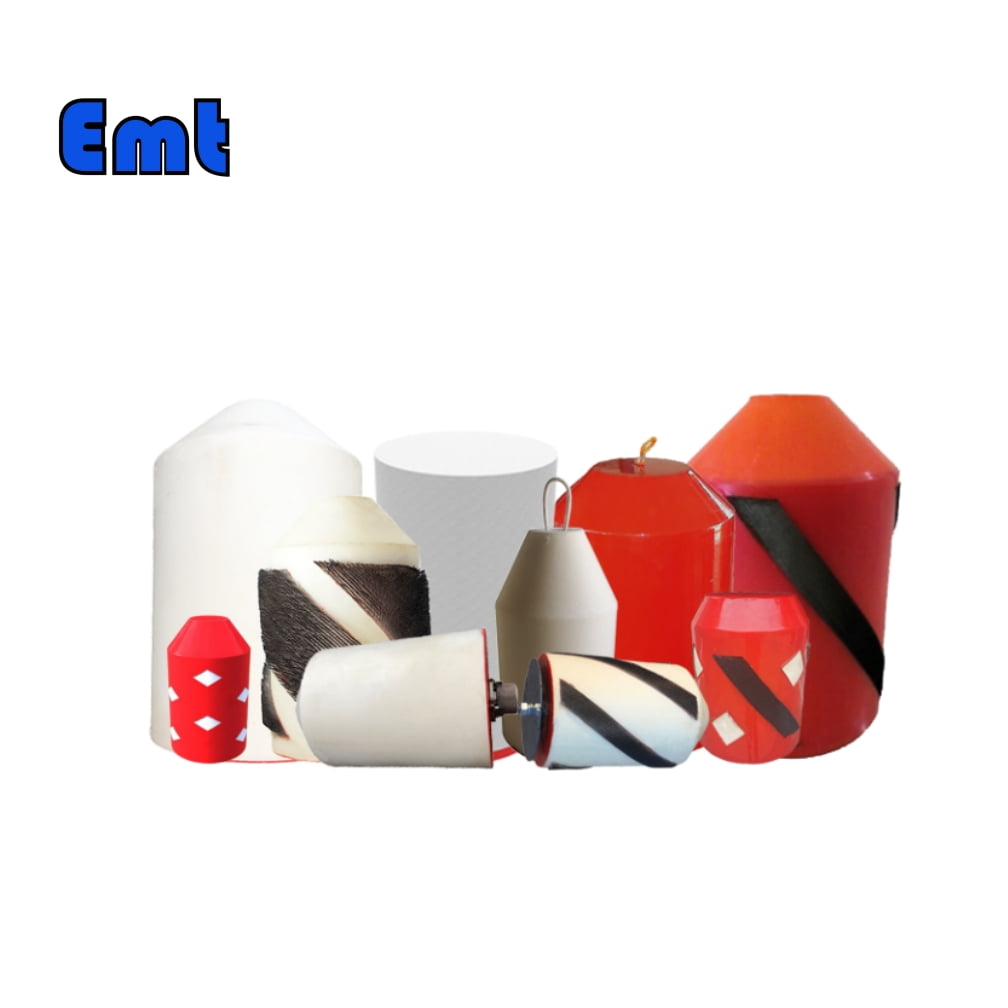
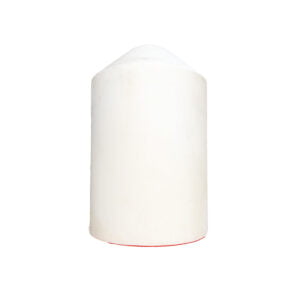

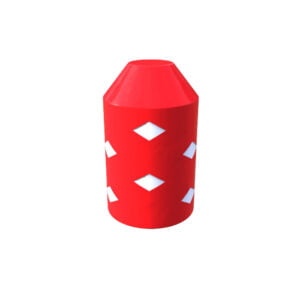

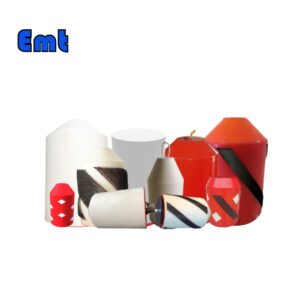
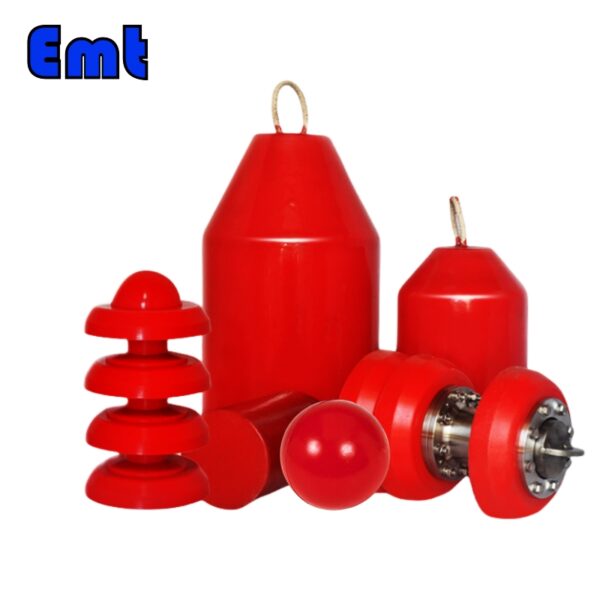
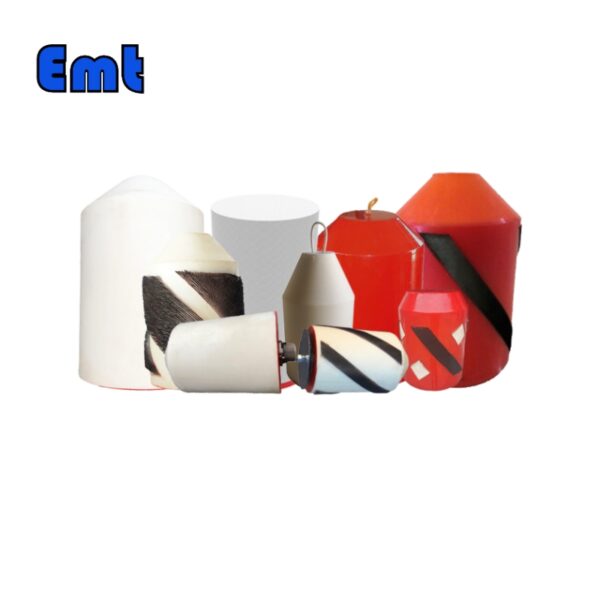

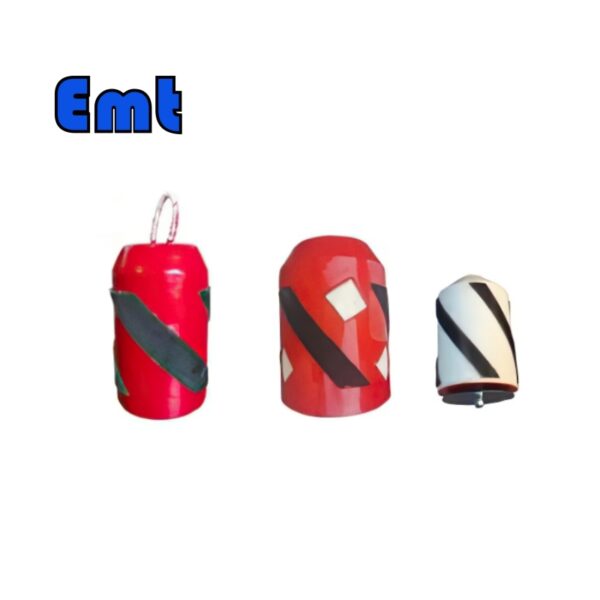
Reviews
There are no reviews yet.